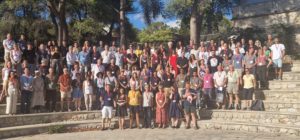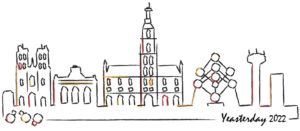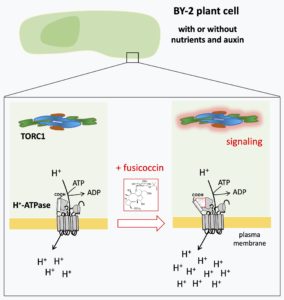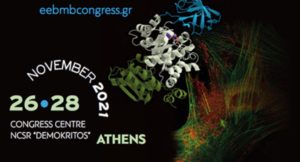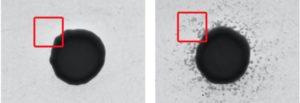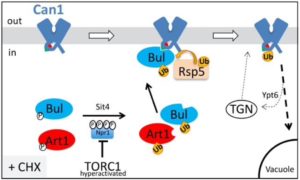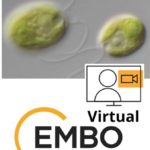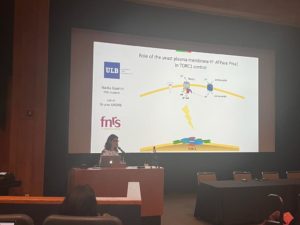
Nadia Guarini attended the Yeast Genetics meeting 2022 organized at University of California in Los Angeles (August 17–21). She presented a “flash-talk” and a poster about her work on the role of the yeast H+-ATPase (Pma1) in control of TORC1 in yeast. This conference, the first edition of which was organized 40 years ago, is the “premier meeting for students, postdoctoral scholars, research staff, and principal investigators studying various aspects of eukaryotic biology in yeast, a major experimental model for understanding human cell biology and mechanisms of human disease“.
|
|||||
|
On May 13, the group of Isabelle Georis and our laboratory co-organized the “Yeasterday” meeting in Brussels. This annual meeting gathers scientists from the Benelux who use yeast as a model system or a tool in their research. The oral presentations given by young colleagues (PhD students and postdocs) were of top quality. Luis Sousa from our lab had the opportunity to present his work about amino acid excretion by yeast cells. The final plenary lecture was presented by Dr. Isabelle Sagot (CNRS, IBGC, Bordeaux) about the “The cell biology of quiescent yeast”. We thank all speakers, attendees and sponsors (Paelo, Syngulon FNRS, Rocc, aquilabiolabs) for this exciting science sharing day !
Good news for the end of this year! Christopher Dereppe was informed by the FNRS that he’s among the laureates of the last competition for FRIA fellowships. Christopher obtained a master diploma in Biochemistry and Molecular and Cellular Biology in 2021 at ULB. He did his master thesis work in our lab where he investigated a novel pathway of TORC1 activation in yeast. He will now further investigate the signals and molecular mechanisms of this pathway. Congratulations to him !
Lactic acid bacteria are frequently found as contaminants during biofuel ethanol fermentation processes, and these infections represent a pervasive problem for many companies. As the yeast mutant described in our study provides a potential solution to this industrial problem, ULB has patented it. Furthermore, a proof of concept (POC) project supported by the Région wallonne now allows us to assess the efficiency of our invention under industrial conditions in collaboration with the start-up company Syngulon.
G. Kapetanalis and L. Sousa attended the 2021 edition of the “Levures, modèles et outils (LMO)” meeting organized in Strasbourg on 27-29 October. They both gave a brief presentation about their work on excretion of amino acids by yeast cells and its potential industrial applications.
|
|||||
|
Copyright © 2025 Molecular Physiology of the Cell - All Rights Reserved Powered by WordPress & Atahualpa |
|||||
